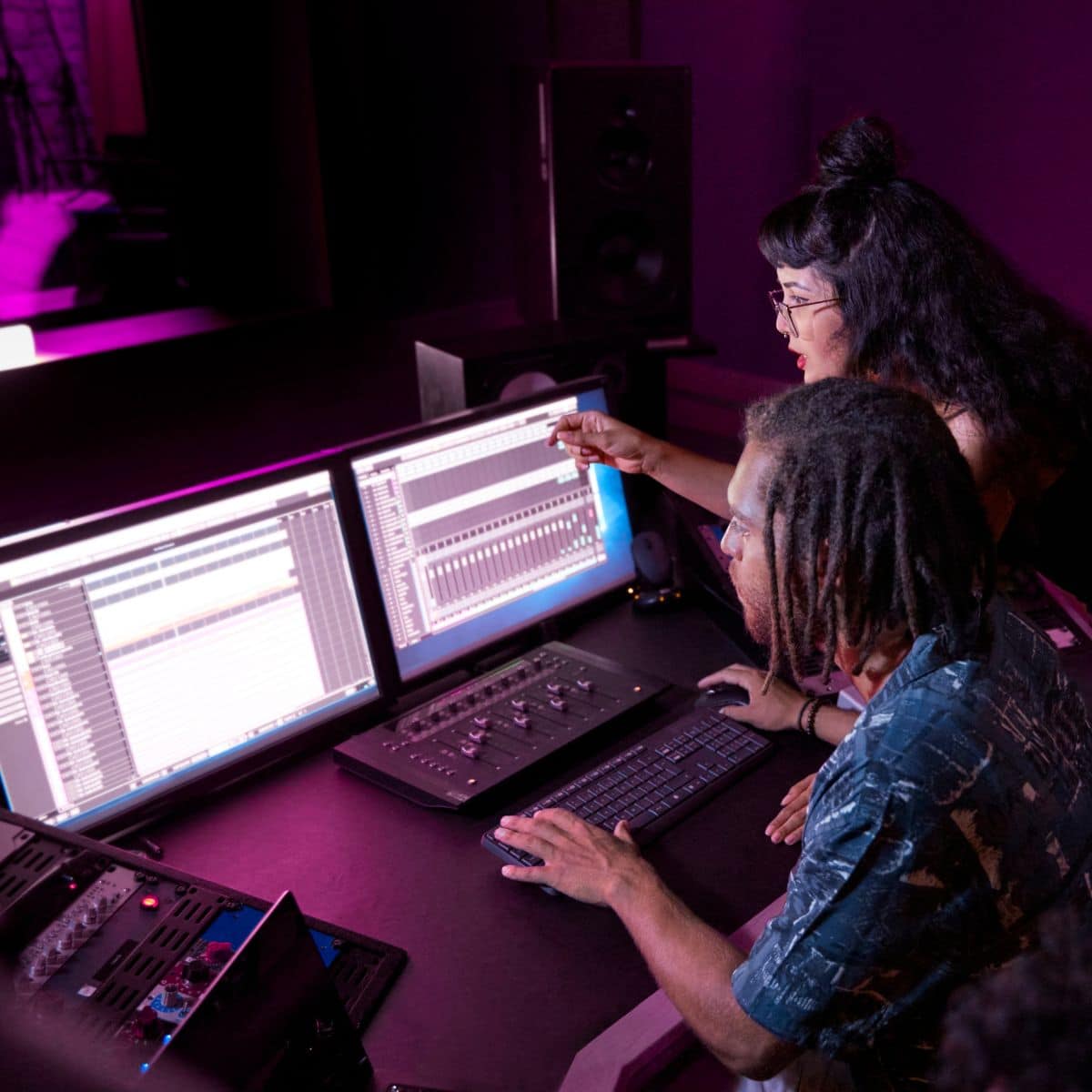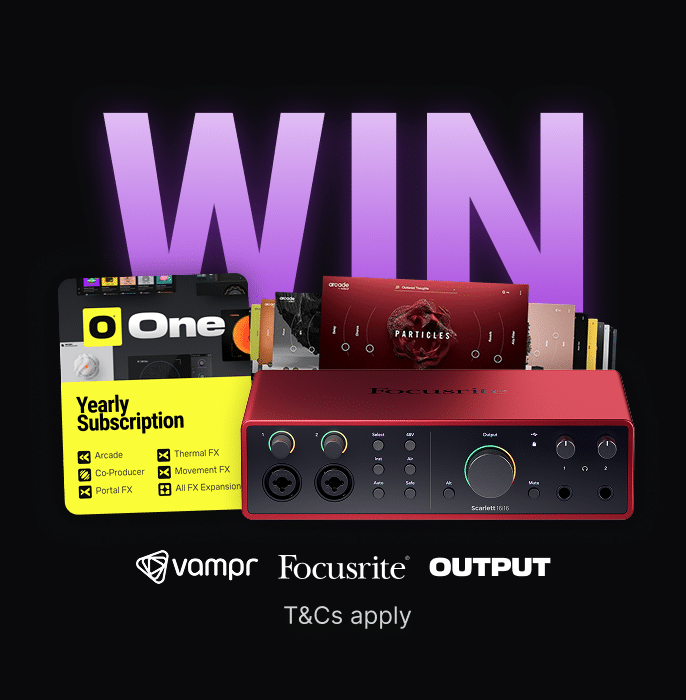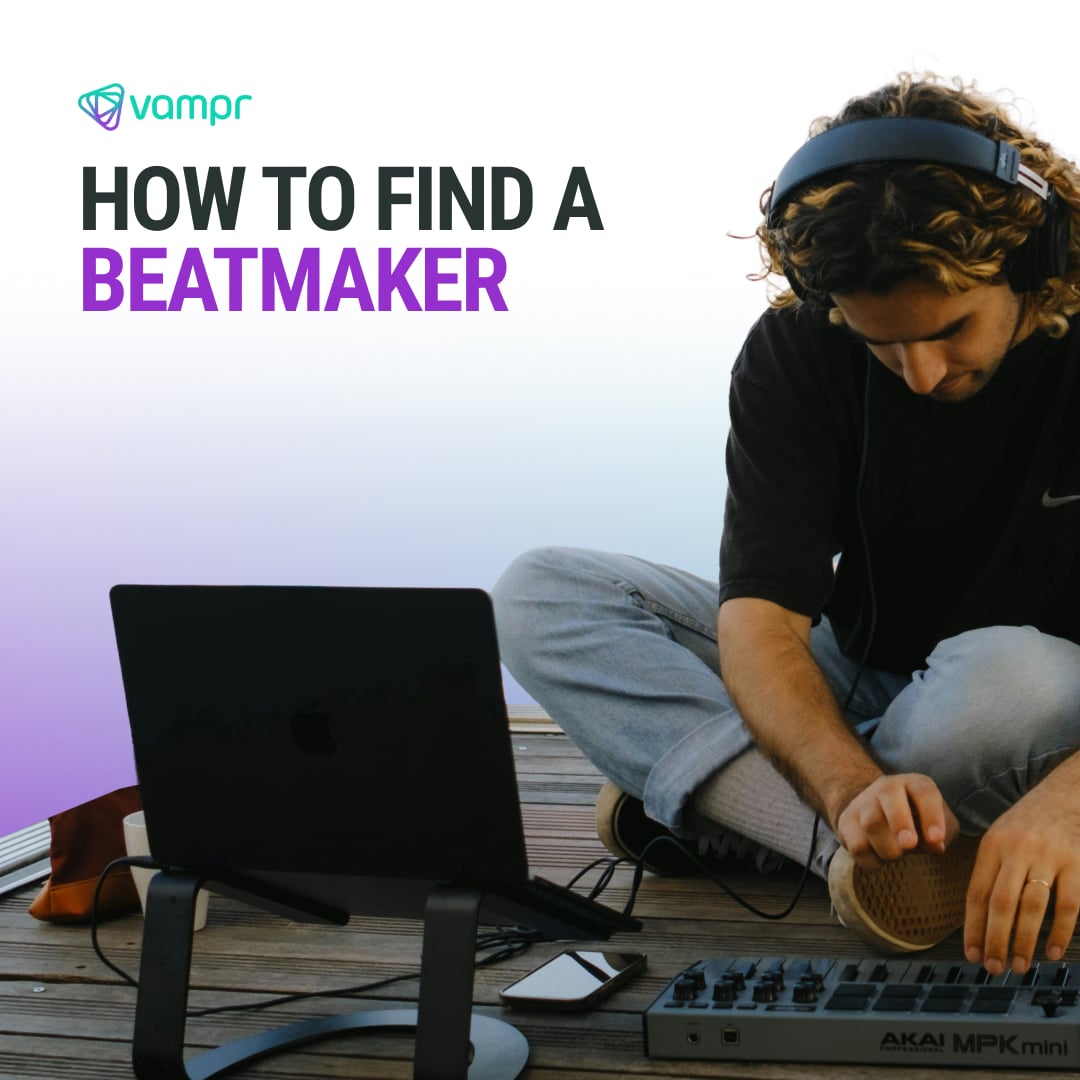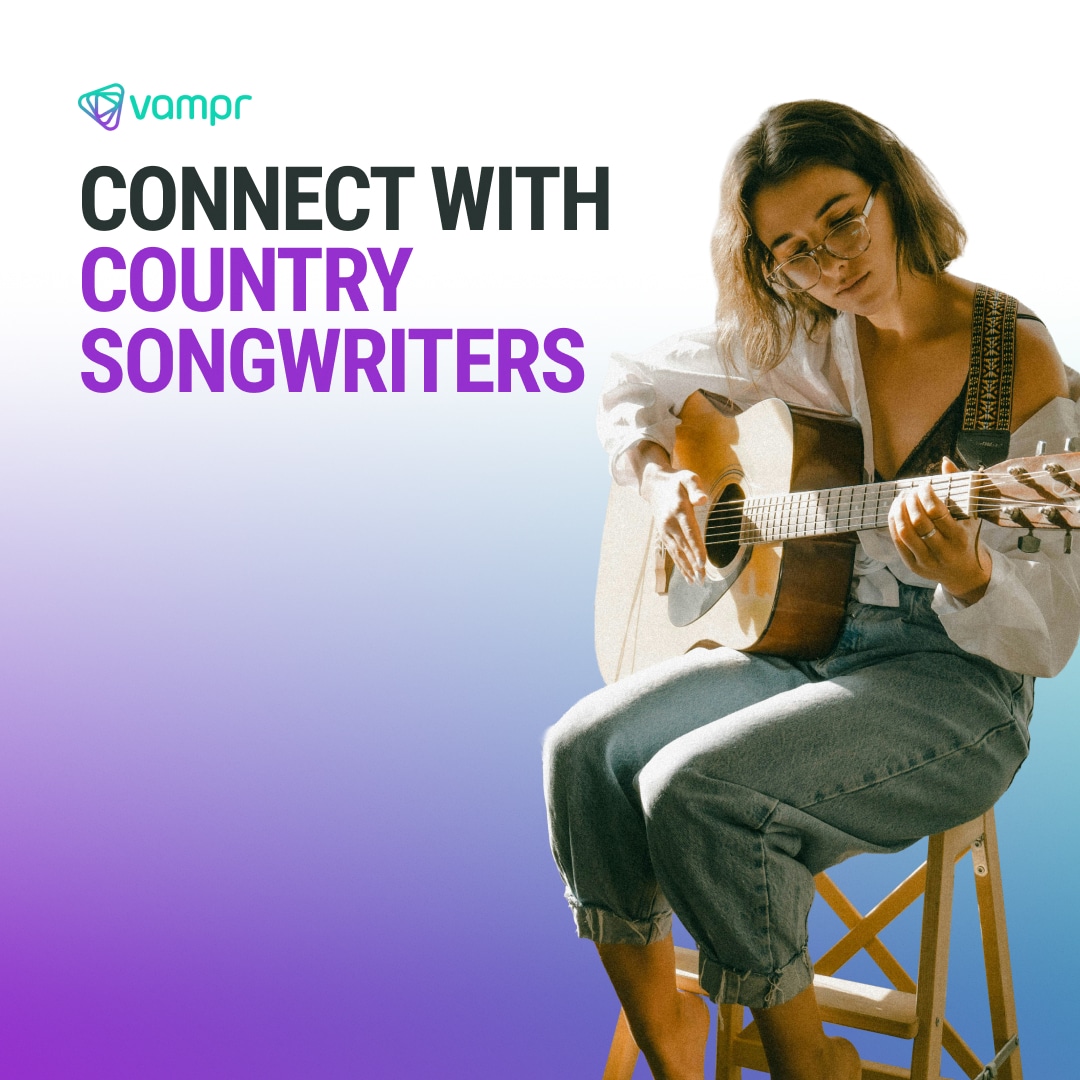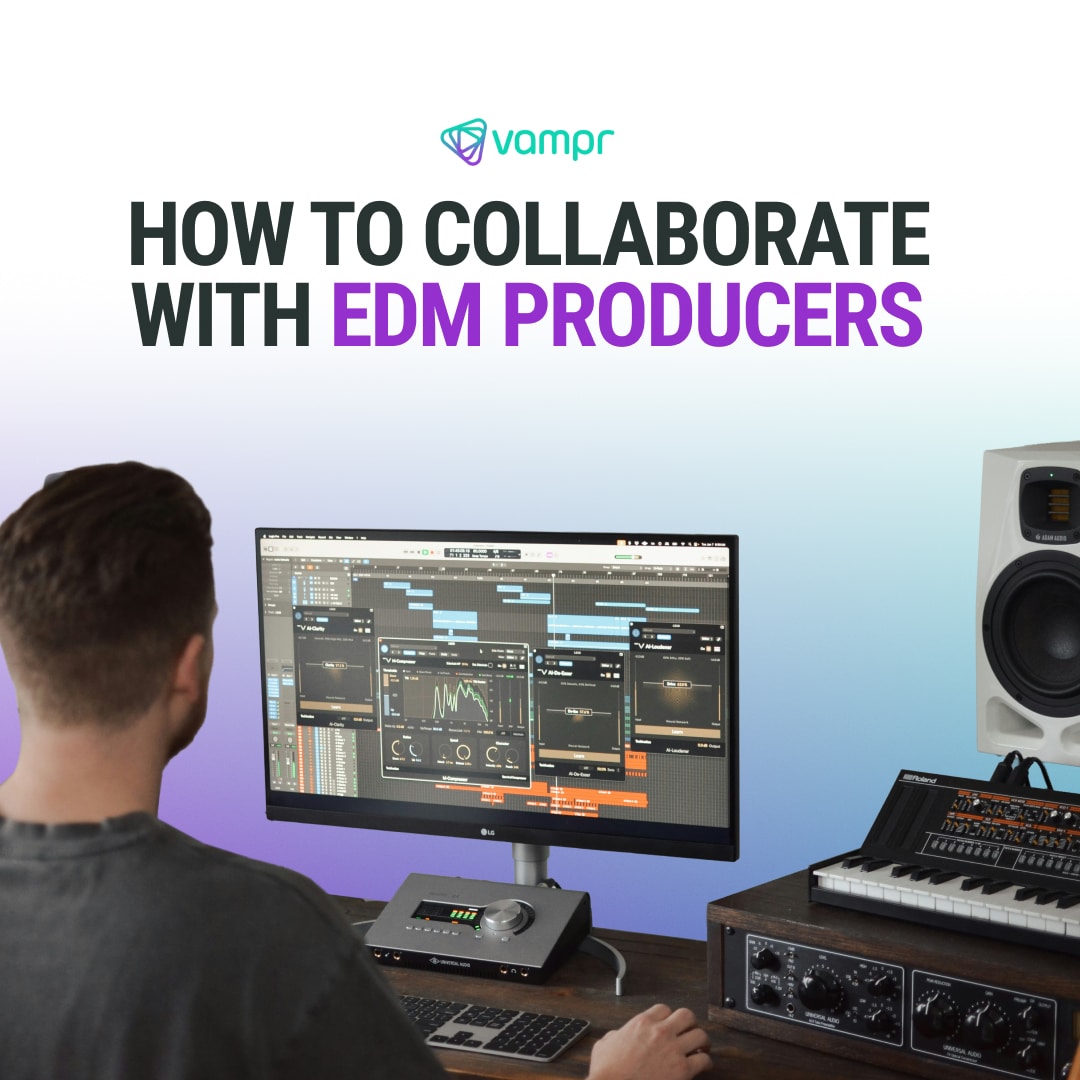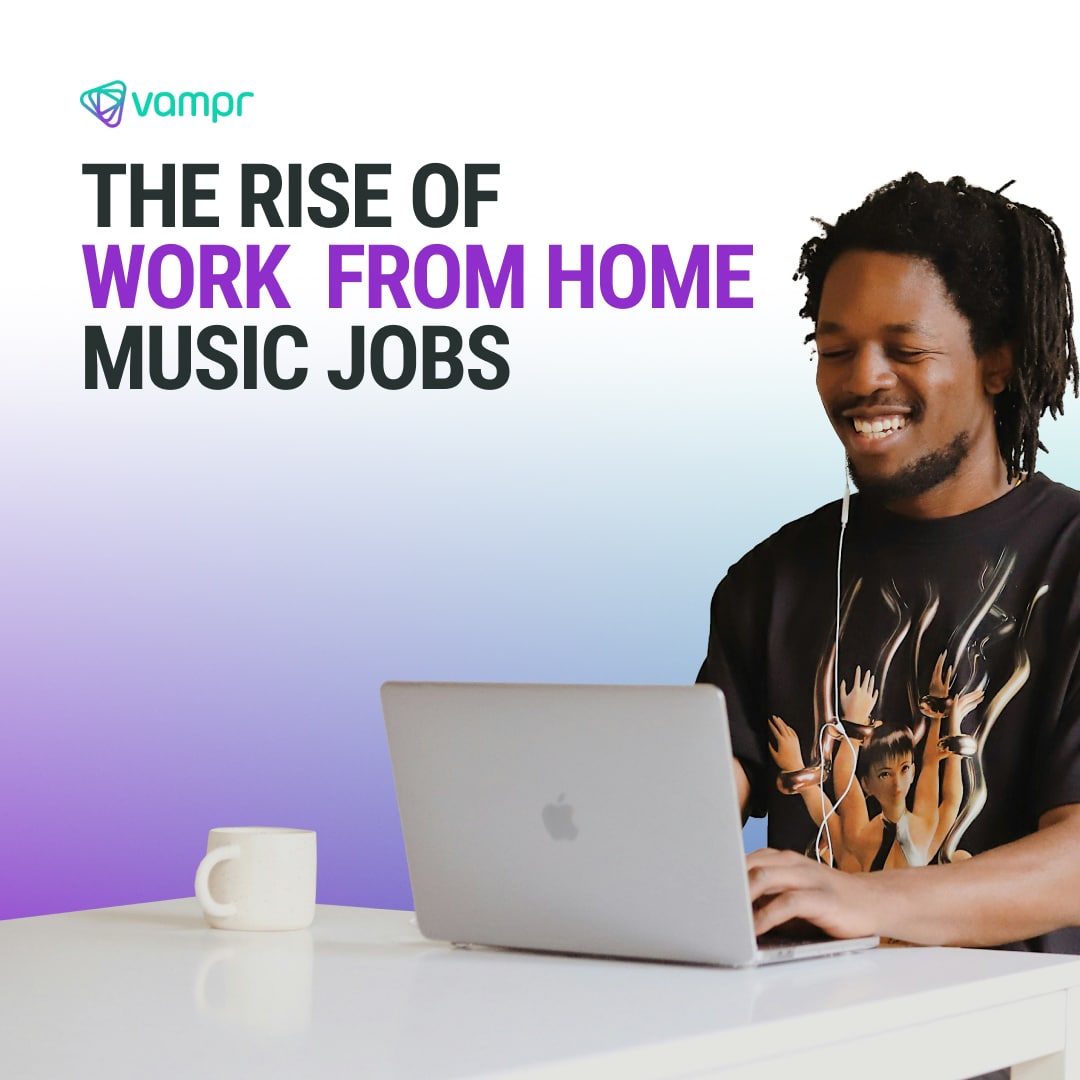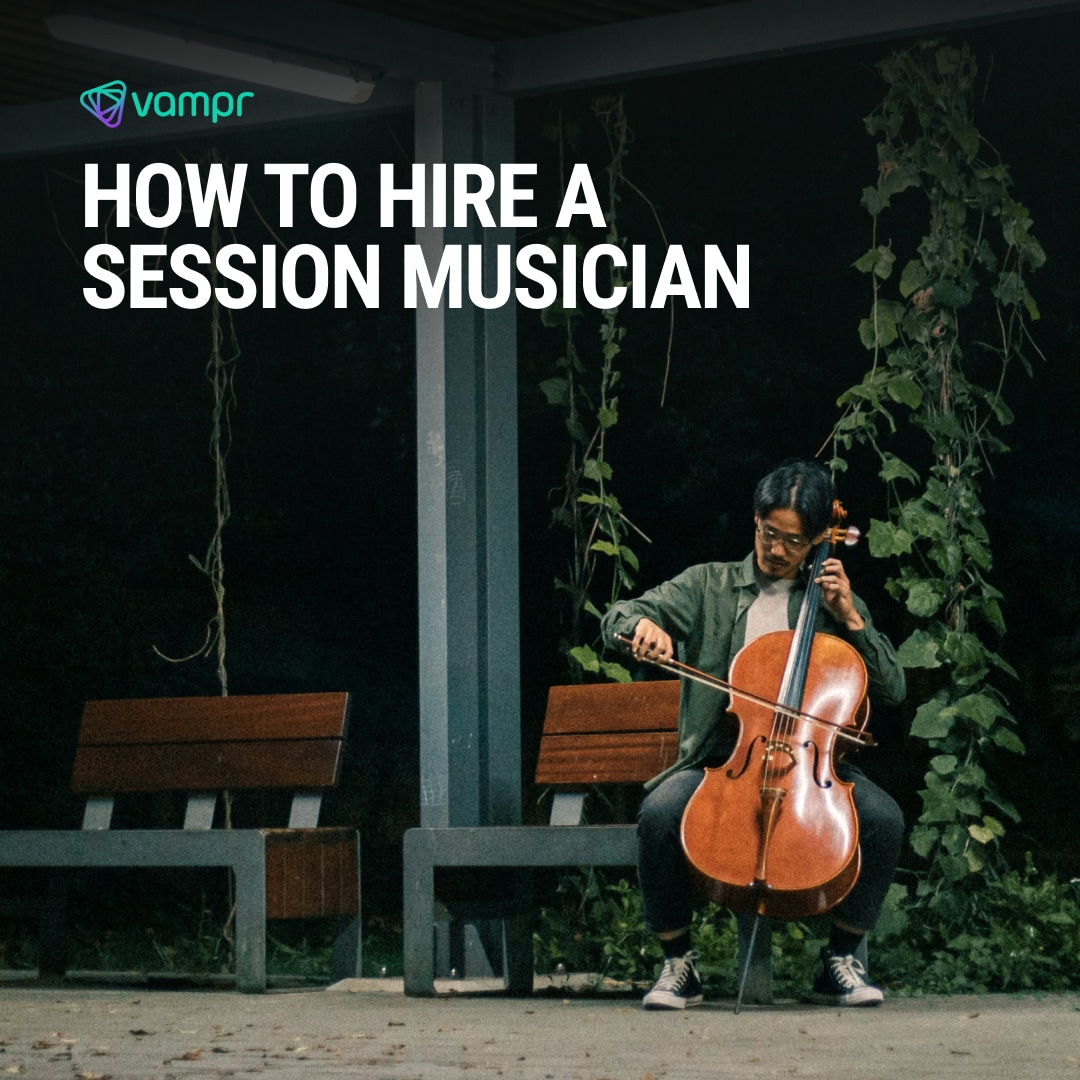Music’s beating heart has always adapted to the technology of its time. From vinyl records to cassette tapes, CDs to MP3s, the way we consume music has transformed with each new invention. Yet, one of the most profound shifts has been the rise of
digital distribution of music. Gone are the days when artists were reliant on traditional labels to share their music with the world. Now, with a few clicks, musicians can share their artistry globally, revealing the true power of online platforms.
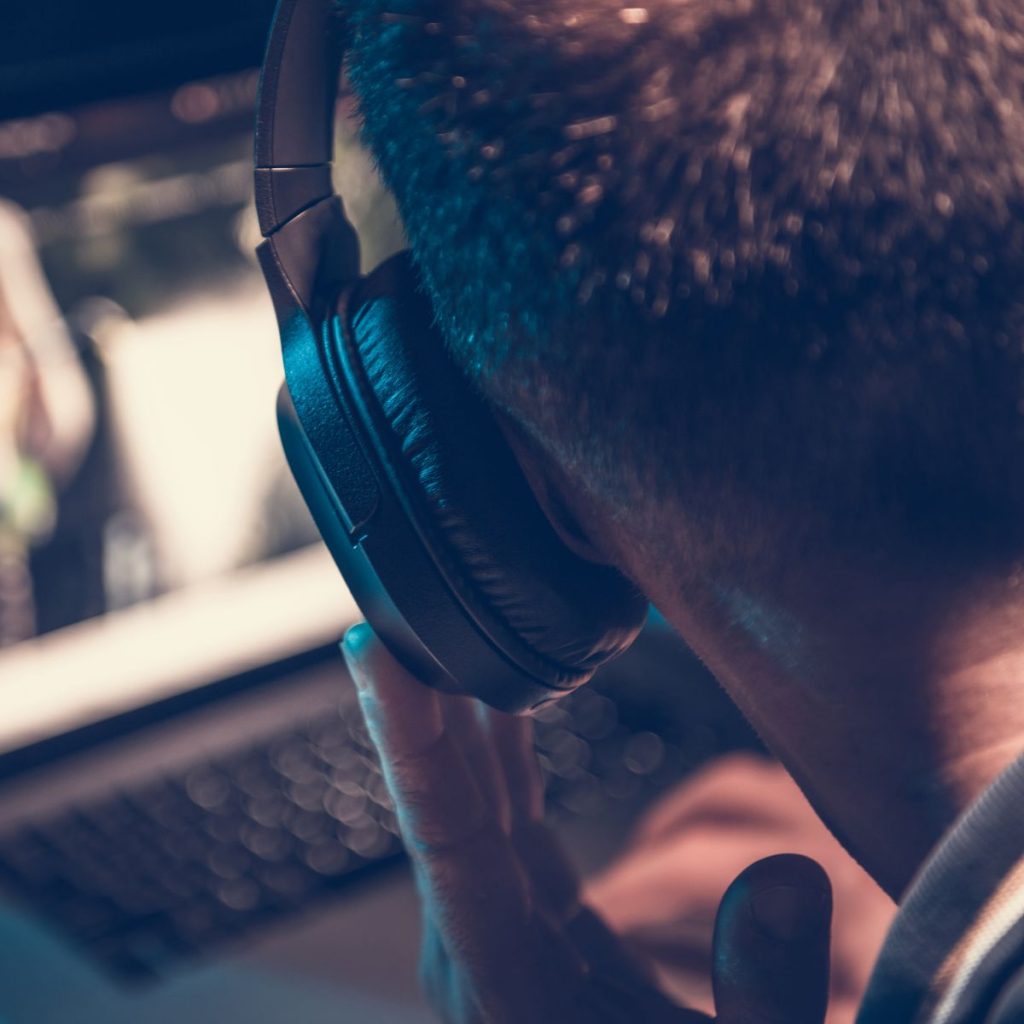
6 Essential Tips for Effective Digital Distribution
Choosing the Right Platforms
When it comes to achieving effective
distribution music, the initial and pivotal stride revolves around the meticulous choice of an appropriate platform. The concept of a singular, the
best distribution for music is far from accurate; instead, the selection process rests upon various factors. These involve the distinct requisites of the artist, their aspirations, and the demographic they intend to reach.
Irrespective of being an individual artist, a musical group, or a music producer, gaining an in-depth understanding of the intended audience and identifying the platforms they predominantly engage with emerges as a fundamental prerequisite. Preferences may oscillate between mainstream platforms that boast a widespread user base and specialized platforms meticulously tailored to cater to specific music genres. A comprehensive research endeavor must be coupled with an adaptive approach, culminating in a discerning choice that aligns harmoniously with the artist’s objectives and the target audience’s inclinations.
Navigating Legal Waters
Embarking upon the realm of online distribution music mandates a comprehensive grasp of the intricate legal terrain. Before you distribute music, it is imperative to establish a lucid comprehension of the rights intricately linked with your musical compositions. This necessitates acquainting oneself with crucial terminologies such as copyright, royalties, and licensing.
While affiliating with a
song publishing company can streamline the management of these multifaceted aspects, independent artists shoulder the responsibility of meticulously acquiring the requisite permissions according to due credits. This involves a deep understanding and careful handling of various legal and ethical aspects to ensure the protection of their work and respect for others:
- Obtain Necessary Permissions: Independent artists must undertake the detailed process of securing permissions for using any material that is not originally theirs. This includes negotiating rights and acquiring licenses from songwriters, composers, and any other contributors. Proper crediting is not merely a legal formality; it’s a fundamental practice that acknowledges and respects the contributions of each creator involved in the production of a piece of music. Ensuring accurate credits is crucial to maintaining professional relationships and upholding industry standards.
- Protect Their Artistic Creations Vigilantly: Protecting their music from unauthorized use or piracy is paramount. This involves registering their works with relevant copyright offices, employing digital rights management technologies, and staying vigilant about how their music is being used across various platforms. Artists should also consider legal protections, such as copyrights and trademarks, to guard against infringement. Vigilant protection ensures that artists retain control over their creations and can benefit financially from their work.
- Respect the Intellectual Property: Equally important is the respect for the intellectual property of others. This means not only obtaining the necessary permissions but also engaging with other artists’ works in a way that honors their legal and moral rights. Respecting other creators’ rights is a testament to an artist’s integrity and commitment to fostering a healthy creative environment. It involves understanding the boundaries of fair use and being mindful of the impacts of one’s artistic practices on the broader industry.
Maintaining a balance between protecting one’s rights and respecting those of others is not just beneficial; it’s a necessity in the music industry. This balance not only ensures legal compliance but also promotes ethical practices that strengthen the community of creators.
Metadata: Your Invisible Power Tool
View metadata as the intrinsic DNA of your track—an unseen yet pivotal force in shaping its identity. Ranging from the track’s title and album nomenclature to its genre classification and accompanying descriptions, this repository of information constitutes the very foundation that renders your music ascertainable amidst the vast digital landscape.
Its significance surpasses mere data, morphing into an indispensable facet of the overarching digital distribution framework. A prudent approach includes the meticulous refinement of metadata, orchestrating a seamless synergy between your creative endeavor and the digital ecosystem. By infusing metadata with strategic enhancements, the aim is to augment the track’s discoverability quotient, thereby catapulting its prominence on various platforms.
This strategic maneuver not only renders your compositions effortlessly traceable but also amplifies their visibility, culminating in a harmonious resonance between your artistic expression and the audience’s explorative quests.
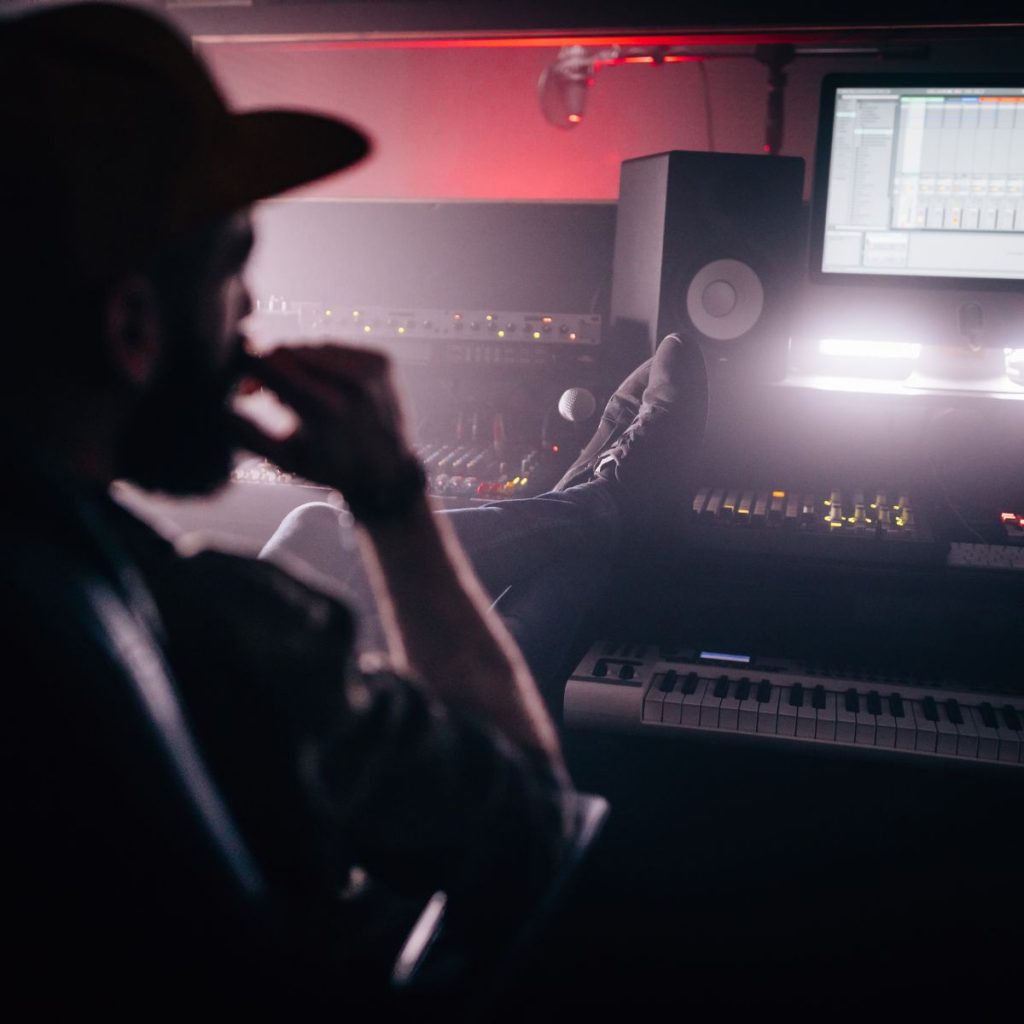
The Art of Visual Appeal
The relationship between music and its visual representations is not just about aesthetics; it is a strategic tool for branding and enhancing audience engagement. Visuals connected to music, such as album covers, music videos, and promotional materials, play a significant role in shaping how listeners perceive and interact with music. Here’s a look at how visuals can profoundly impact the musical experience and contribute to building a memorable brand identity:
- Amplification of Identity: Visuals such as album covers and music videos are not mere decorations; they are extensions of the artist’s story. By carefully choosing imagery that resonates with their music’s themes and mood, artists can project their unique voice and persona more vividly. This helps in making their music relatable and distinctive. For example, a visually striking album cover that captures the essence of the tracks can instantly communicate the artist’s style and intent. It’s a visual hook that not only attracts attention but also deepens the listener’s connection to the music, potentially turning casual listeners into loyal fans.
- Engagement Gateway: A compelling album cover or an intriguing music video can serve as the initial touchpoint that sparks curiosity and invites listeners to delve deeper into the album. This visual introduction is crucial in capturing the fleeting attention of potential listeners, drawing them in with an engaging narrative or stunning graphics. Once engaged, the audience is more likely to explore the music further, increasing the chances of them becoming invested in the artist’s work.
- Enhanced Exploration: An album cover is often the first thing a potential listener encounters, and if it successfully echoes the music’s themes, it can create an enduring first impression. This visual element acts as a bridge that connects the listener to the music before they even press play. If the visual elements align well with the music’s themes, it can enhance the listener’s understanding and appreciation of the tracks. Synchronization between audio and visual cues helps create a cohesive experience that can engage listeners on multiple sensory levels, encouraging them to explore the music in a deeper and more meaningful way.
- Multi-Sensory Experience: Music videos offer a dynamic way to experience music, providing a visual narrative that complements the audio. This integration of sound and visual artistry can transform a song into a multi-sensory journey, making it more accessible and enjoyable for people who connect more deeply with visual storytelling. For instance, a music video that visually portrays the story or emotion behind a song can make the lyrics come alive, offering a richer, more immersive experience. This not only enhances the listener’s connection to the music but also broadens the song’s appeal across different audience segments.
- Brand Differentiation: In a crowded music industry, establishing a distinctive brand identity is crucial. Integrating consistent and unique visual elements with music can set an artist apart, creating a memorable brand that resonates with audiences. This unique branding, when executed well, can become synonymous with the artist’s name, helping them stand out and gain a competitive edge. Effective visual branding not only attracts attention but also fosters a strong, loyal community of listeners who appreciate the artist’s overall aesthetic and message.
This entails making an indelible mark through the initial encounter. By harmonizing the ambiance of your music with its visual counterpart, you forge a cohesive and immersive encounter for your audience. This symbiotic relationship augments not only the auditory appeal but also establishes a lasting impression that resonates beyond the auditory realm, effectively etching your presence within the listener’s memory. Remember, the
best way to distribute music isn’t just about the sound; it’s about creating a holistic experience for the listener. Make a memorable first impression.
Promoting Across Channels
In the contemporary interconnected landscape, the establishment of a social network for musicians has transitioned from a mere indulgence to an indispensable requirement. The trajectory of promotion extends beyond the act of making music accessible online. The adept utilization of the best social media for musicians holds the key to expanding your sphere of influence and cultivating connections with enthusiasts spanning the globe.
Nevertheless, the strategic pursuit entails more than the routine dissemination of content. It’s paramount to foster genuine interactions with your audience, foster collaborations with fellow creators, and harness the full potential of social networking for musicians. The likes of Instagram, Twitter, and genre-specific apps for musicians wield transformative potential when employed with a discerning strategy, thereby redefining the trajectory of your artistic journey in the modern digital age.
Understanding Your Audience through Analytics
Embracing the power of analytics offers a profound glimpse into intricate patterns, listener preferences, and invaluable feedback. The ability to discern which among your tracks resonates most profoundly with your audience or to calculate the average duration of their engagement can serve as pivotal insights that significantly influence your subsequent artistic endeavors.
The role of a musician now transcends the traditional boundaries of pure artistic expression, expanding to contain the realm of data interpretation. Interacting with analytics not only empowers you to comprehend the nuances of your audience’s reception but also equips you with the tools to strategically shape your trajectory. This analytical approach reframes the creative process. It shifts the emphasis from a one-sided creation to a symbiotic interaction with your audience, where data-driven insights guide your creative choices.
The metamorphosis from a creator to a musician-strategist engenders a dynamic cycle of creation, analysis, adaptation, and evolution. The power of data is harnessed to refine your artistic direction, aligning it more closely with the desires and preferences of your listeners. As the information age continues to unfold, the musicians who thrive will be those who can seamlessly merge their artistic intuition with the strategic prowess to navigate the intricate landscape of audience analytics. In this new paradigm, the art of making music harmoniously coalesces with the science of deciphering data, culminating in a holistic approach that yields resonance and relevance.

The Power of Self-Publishing Music
Arguably, self-publishing music is one of the most liberating aspects of the digital age for artists. In the traditional music industry model, artists often had to endure lengthy processes of approvals, facing numerous gatekeepers such as record label executives and A&R representatives who could make or break their careers. Now, in the digital age, artists can bypass these traditional barriers through online platforms. This democratization of music distribution has given rise to a new breed of musician-entrepreneurs who handle their production, marketing, and sales. By adopting this model, artists retain creative control over their work, ensuring that their artistic vision is uncompromised. Furthermore, they can directly engage with their fanbase, gather feedback, and tailor their music and interactions to better meet audience preferences, enhancing fan loyalty and engagement.
The financial implications of self-publishing are equally significant. By eliminating the middlemen—record labels and distributors—artists can capture a larger share of their revenues. In traditional deals, artists might receive only a small fraction of the profits after all the intermediaries have taken their shares. However, in self-publishing, artists can set their pricing, choose cost-effective digital distribution channels, and decide how and when their music is promoted.
The world of digital distribution of music is vast, offering unparalleled opportunities. With the right strategies, platforms, and persistence, independent artists can carve a niche for themselves. So, whether you’re just starting or are a seasoned artist looking to expand your digital footprint, remember to stay informed, stay authentic, and keep the passion alive. The digital stage awaits your performance.

